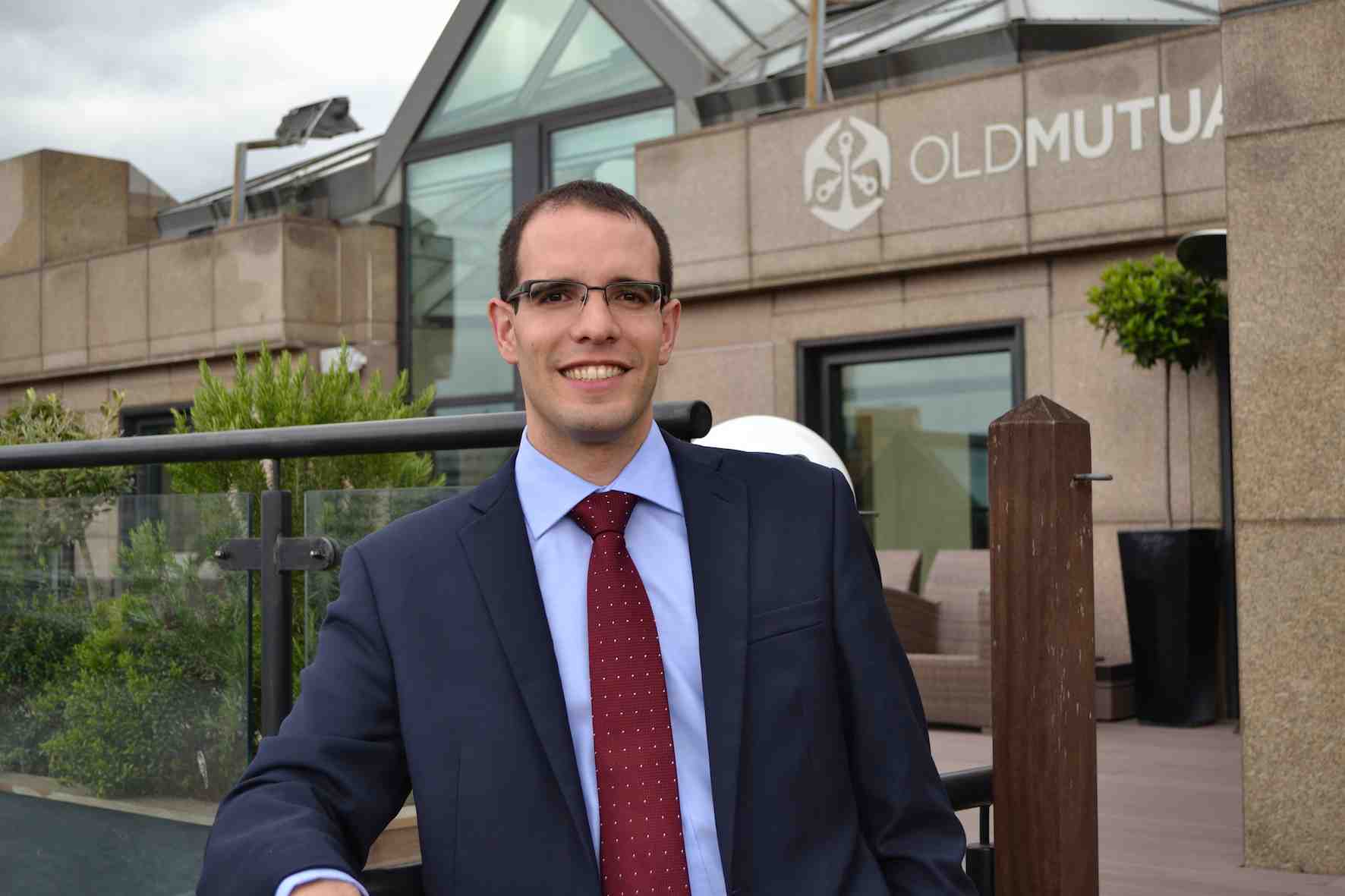After the last few years of constant increases in the equity markets, uncertainty is once again starting to make an appearance, in response to aspects such as the divergence in worldwide monetary policies, or the political and electoral events which could cause significant changes over the course of the year. In this current backdrop of greater uncertainty and volatility, the proposal of Old Mutual Global Investors, which recently presented in Madrid its long / short global equity strategy with an absolute return perspective (Global Equity Absolute Return), makes complete sense.
It is a totally neutral market strategy with zero exposure to market or beta, and uncorrelated with the market behavior, which makes it a good strategy to diversify risks. “It has an absolute return profile that is generating much interest among Spanish investors and looking for a 6% return over liquidity,” says Amadeo Alentorn, Manager and Head of Analysis for the Global Equity team at Old Mutual Global Investors. Something that has been achieved in recent years with a volatility of around 5% and which has allowed it to increase its assets to 3 billion dollars (of the total 5 billion which the company manages in equity, between this and other long only strategies).
Behind their success lies a systematic model, which, out of a global universe of 3,500 companies with the largest capitalization and liquidity in the world, selects 700, through the implementation of five criteria of a fundamental nature: valuation, growth, sentiment analysis, business management, and market dynamics.
These criteria change their weight and become more or less important depending on the market situation. Thus, the model has a number of historical situations by which it analyzes which factors have worked better, and acts accordingly. Therefore, the emphasis changes depending on the economic climate: if the market falls, the greatest weight will be on the quality of the companies, business management, etc., factors that tend to work better. “Currently, the sentiment is neutral: there is still risk aversion, despite the ECB. Although volatility will grow, and is greater than in the past, it’s still not too high. The current economic climate values strong balance sheets and the quality of the companies, the most defensive stocks; and valuation criteria do not work too well,” says the manager. In his opinion, the ECB has disappointed markets by acting too late, and a year ago would have had the opportunity to change the sentiment; hence he predicts lateral movements in the markets and increased volatility.
The model, which gets its profitability mainly from stock selection (i.e. choosing the securities on the long side to be better than short), also gets profitability through sector positions, which can afford to have some exposure: for example, they are short on energy securities and long in defensive sectors such as the health sector or utilities. In fact, amongst their long positions in Spain these sectors stand out, in securities such as Iberdrola and REE, for the strength of their balance sheets and sustainable growth of the sector. But regardless of sector positions, exposure is zero in currency, regional positions, or by country, the manager explains.
Amadeo Alentorn, Manager and Head of Analysis for the Global Equity team at Old Mutual Global Investors, works from London within a team consisting of two others managers, analysts, and training experts.

